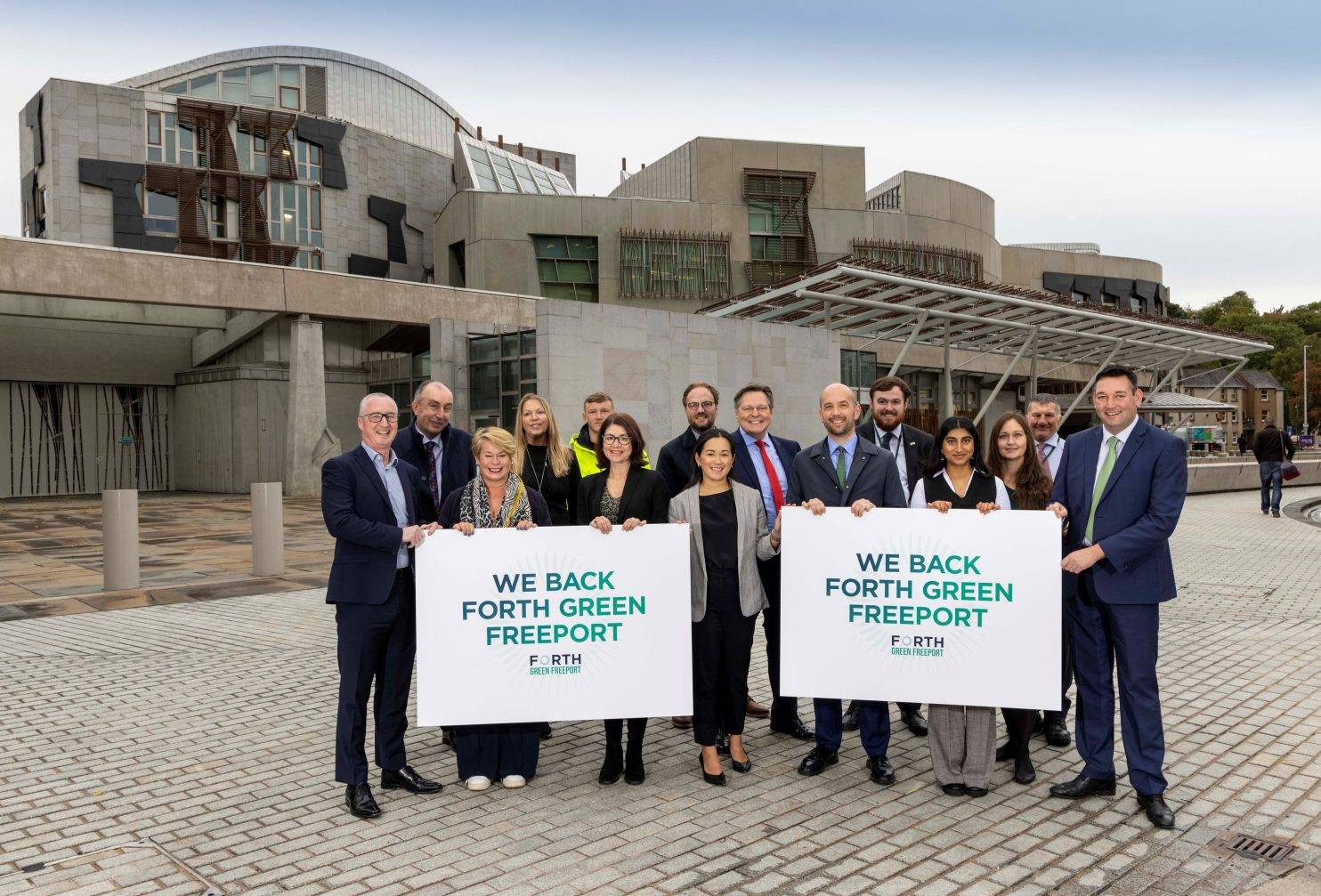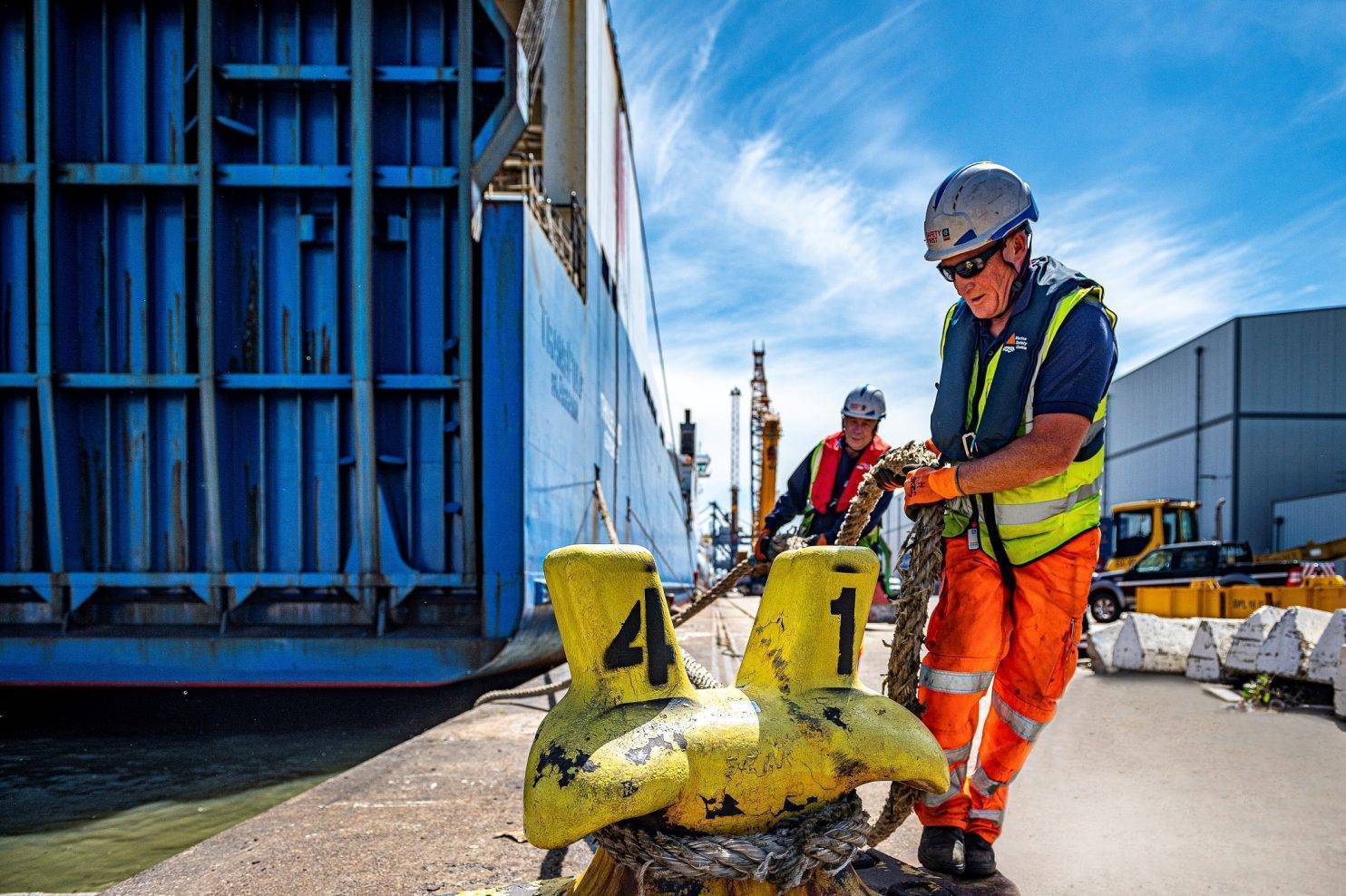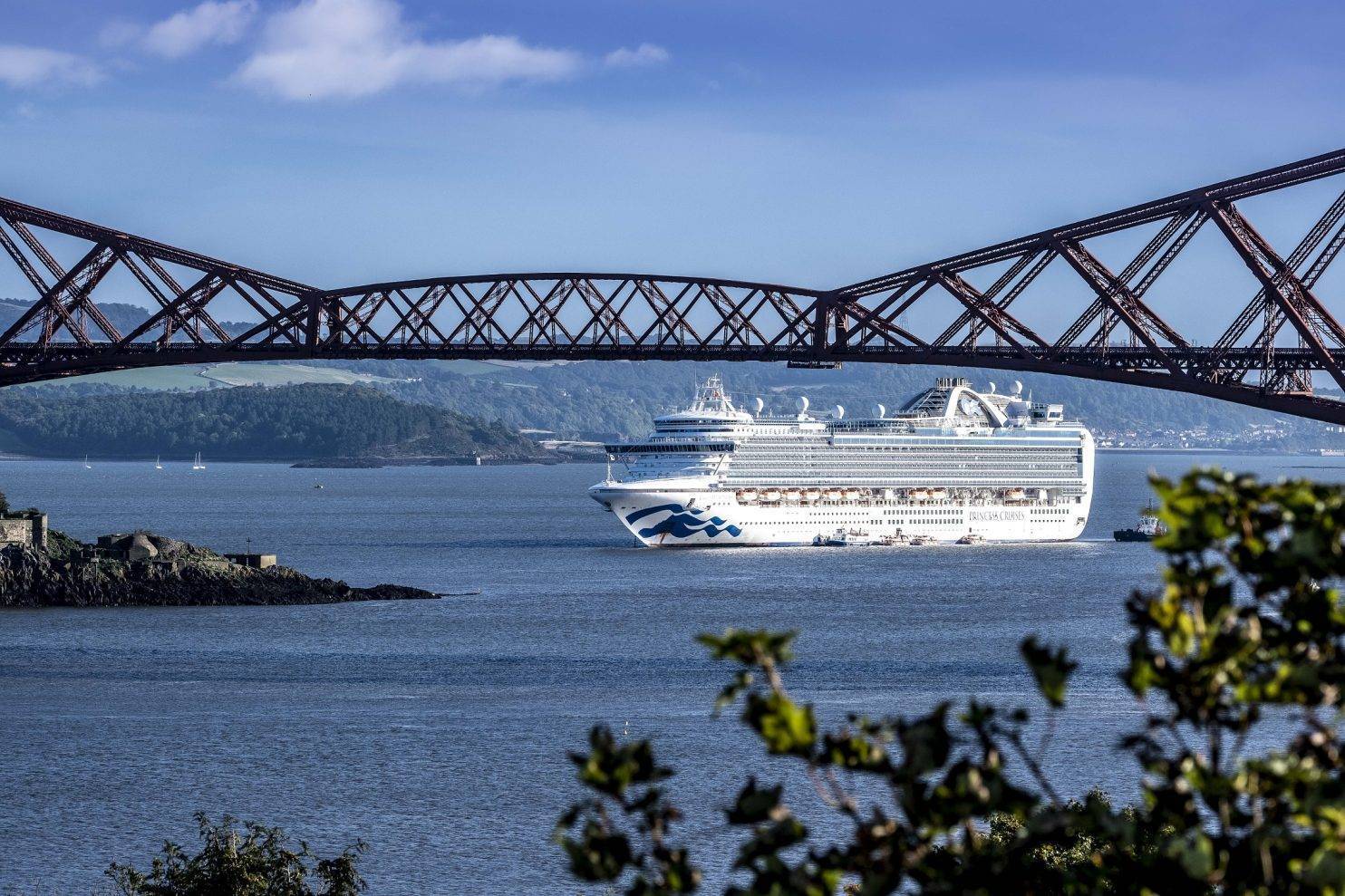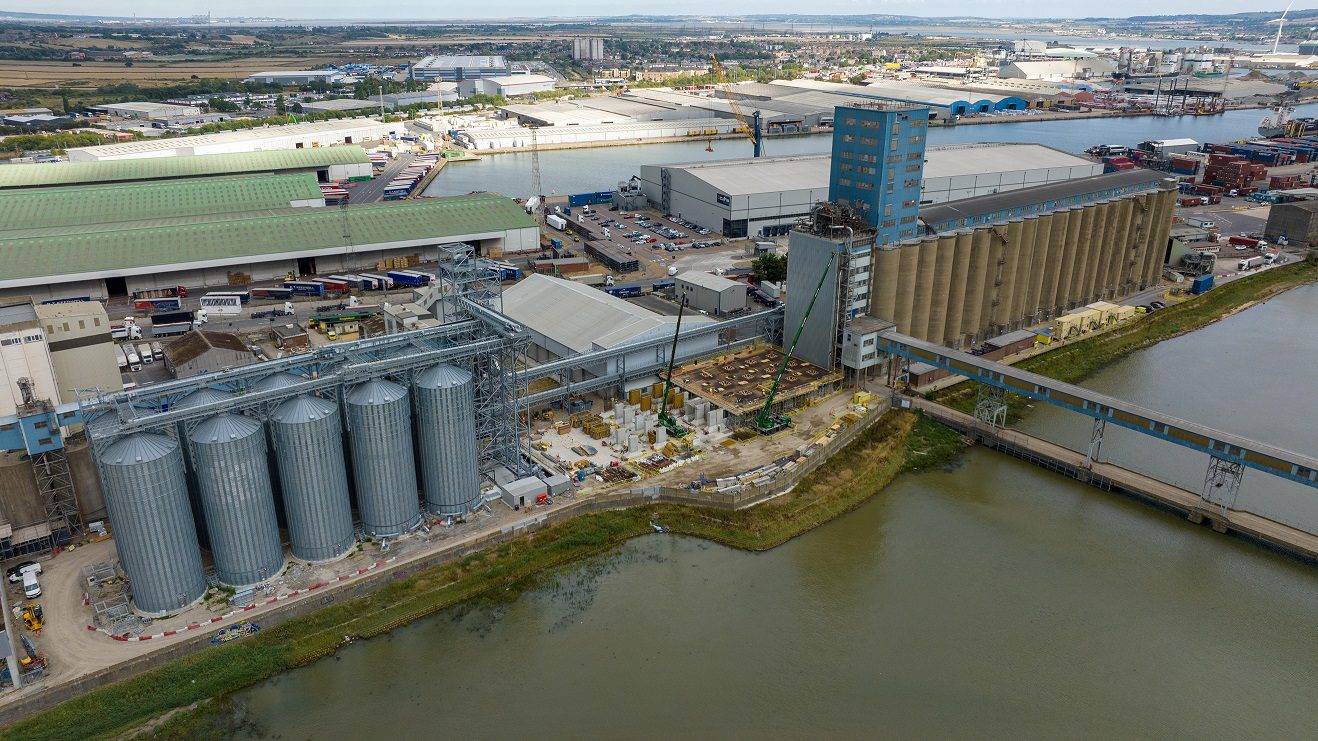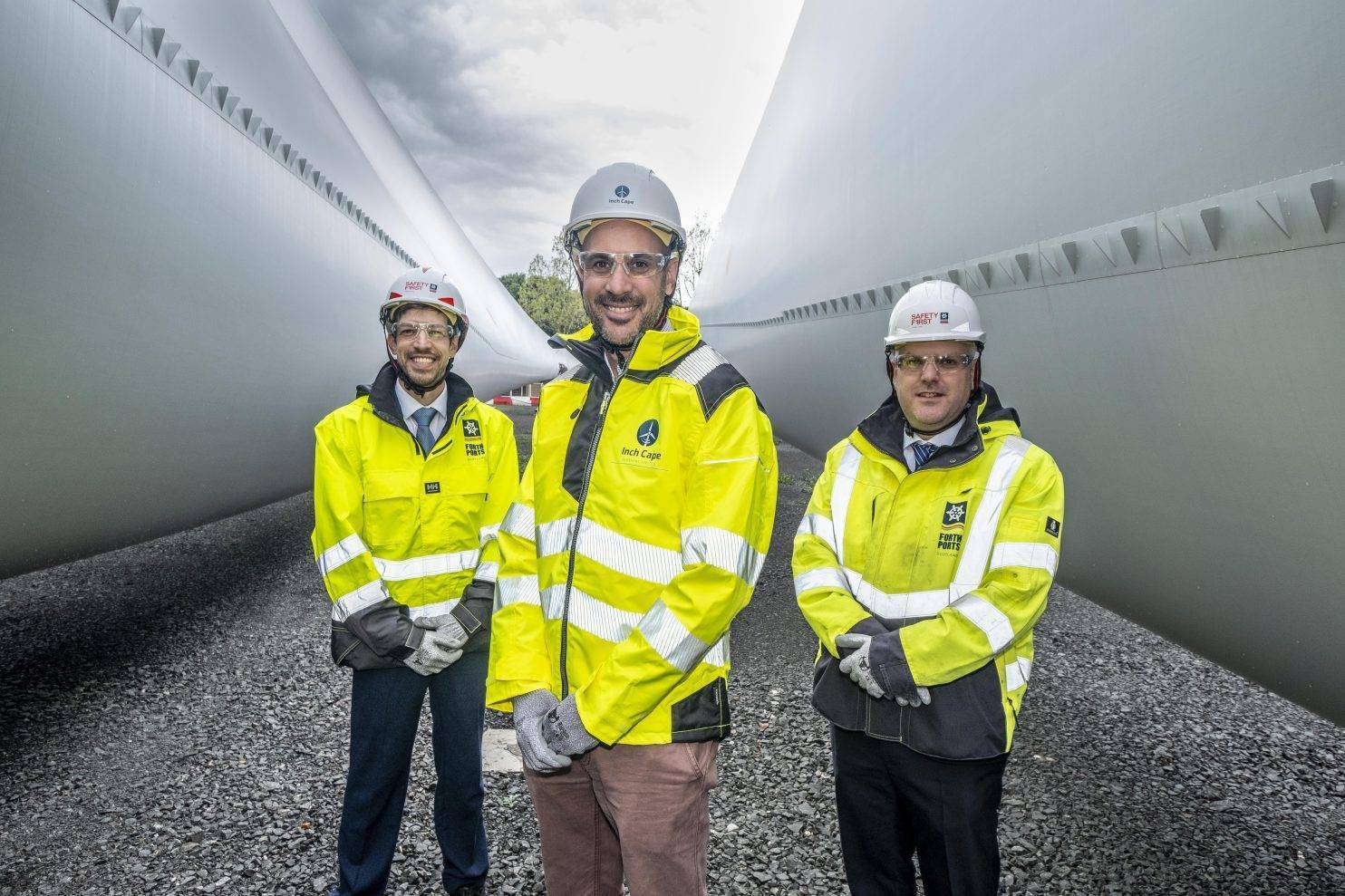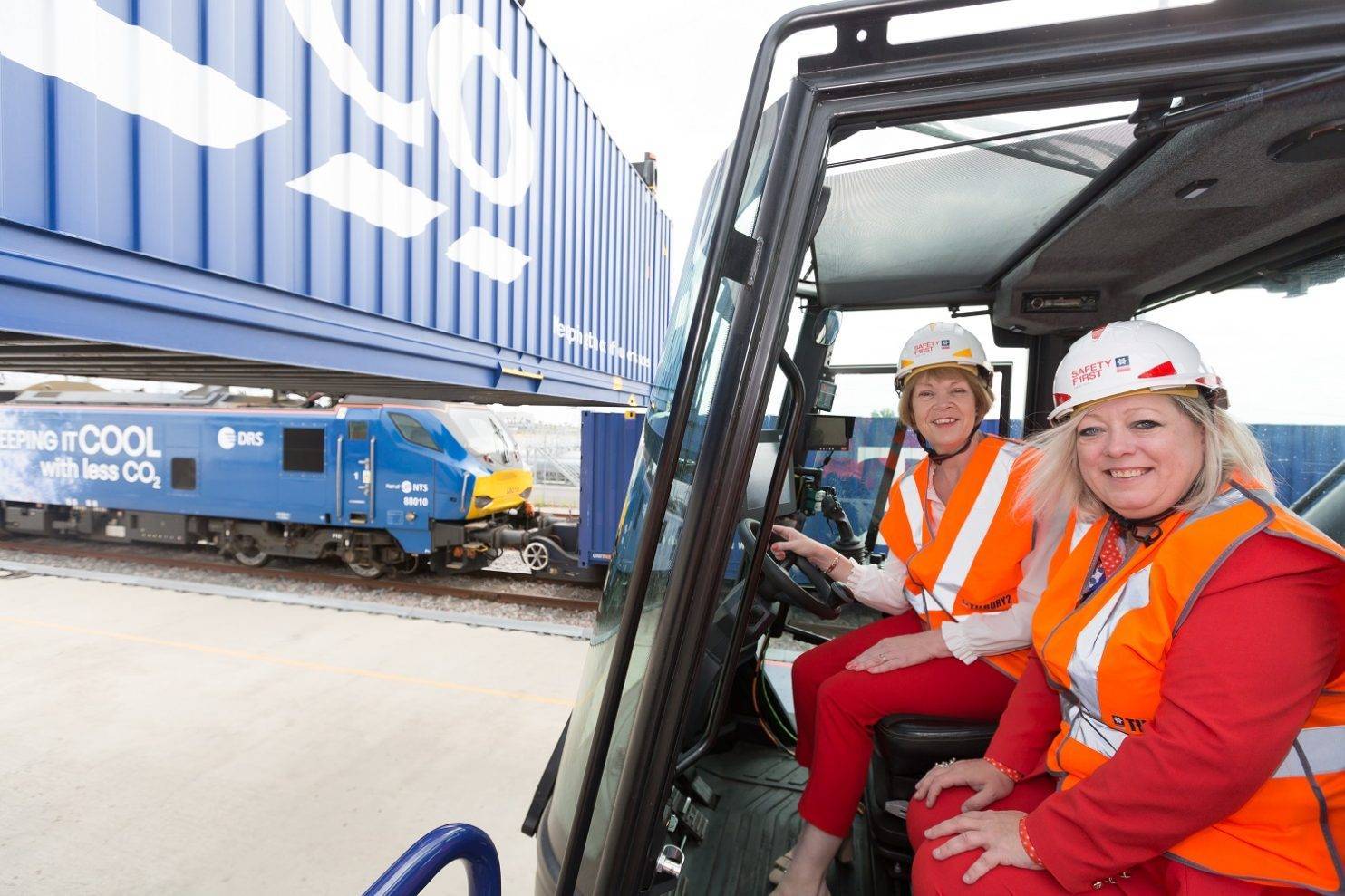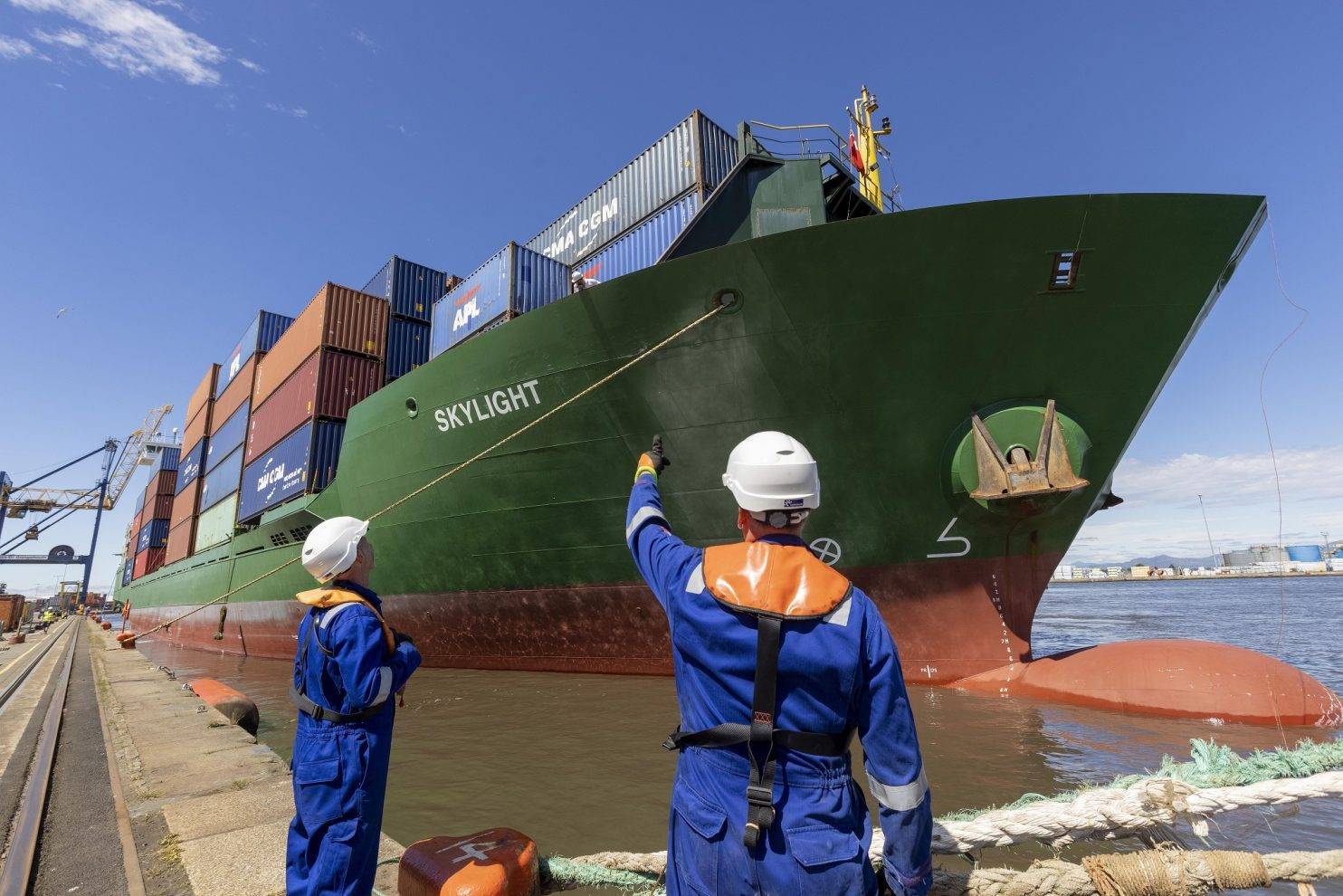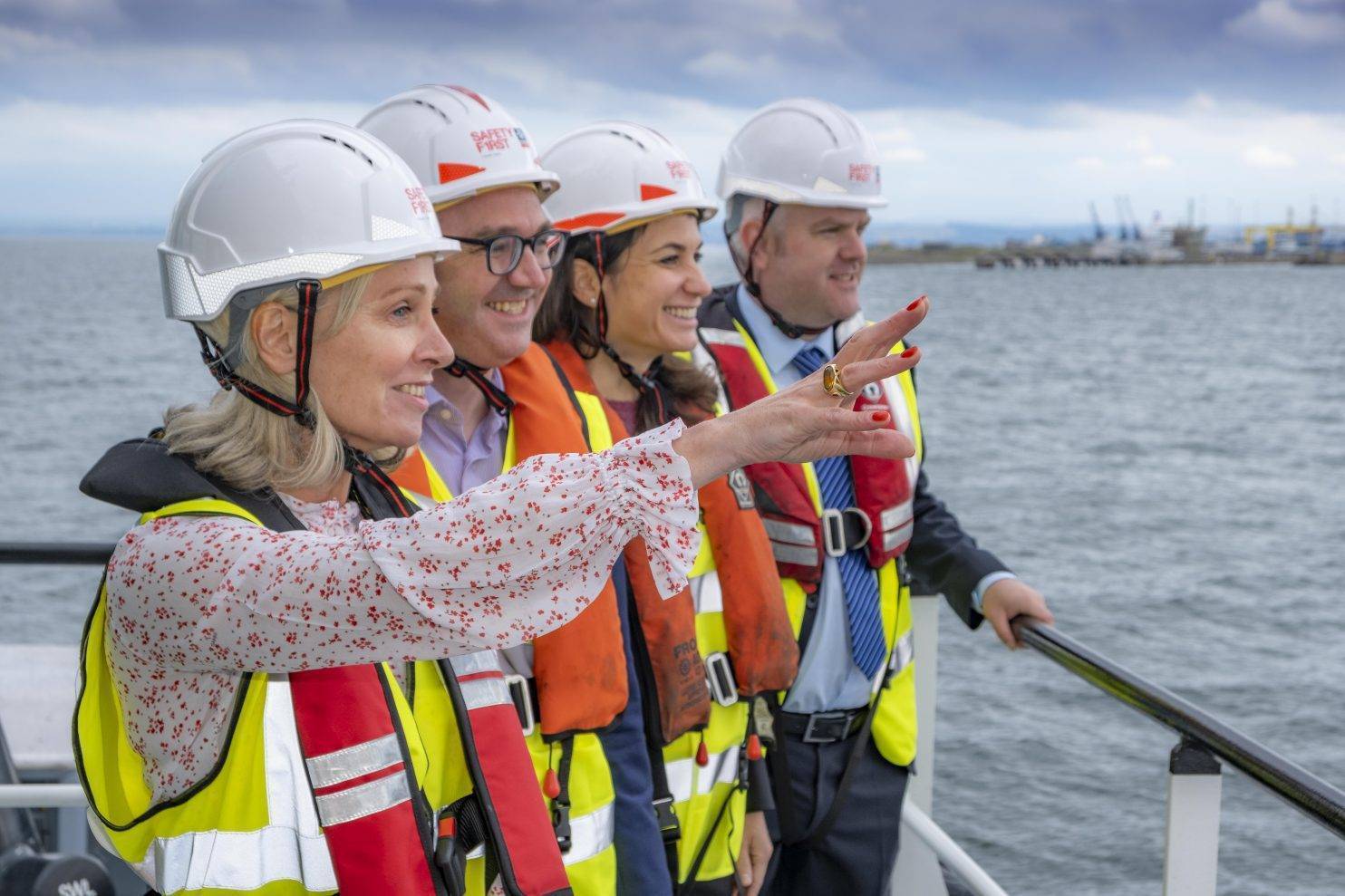MSPs back Forth Green Freeport bid to deliver ambitious green growth plan for Scotland
Wednesday 5th October 2022
Scottish Parliament politicians have today (05 October) given their backing to the Forth Green Freeport bid which has the potential to generate up to 50,000 new green jobs and act as a catalyst for new clean technologies and renewable energy manufacturing in Scotland. The ambitious bid proposal which was submitted in June 2022 to the Scottish and UK Governments, will make a significant contribution to the re-industrialisation of Scotland, unlocking £6bn of private and public investment.
Regional list and constituency MSPs who cover the bid’s geography area signed their support at the event in Holyrood [NB: see images attached with this release]. A Forth green corridor will be created as part of the bid submitted by a consortium comprising both private and public organisations – Forth Ports; Babcock; Edinburgh Airport; INEOS; Scarborough Muir Group; and Falkirk, Edinburgh and Fife Councils, have committed to delivering the bid’s vision.
Stuart Wallace, Chief Operating Officer of Forth Ports Group who met the group of MSPs today in Edinburgh, said: “A Forth Green Freeport will accelerate large-scale investment in new infrastructure, technology and skills training to catapult Scotland’s just transition to a cleaner and greener future.
“After receiving strong backing from our local authority partners, private businesses and education providers, it’s great to see so much support for our bid across all five political parties.
“This is an unmissable opportunity to support the delivery of the country’s net zero ambitions. Our politicians are giving their backing to a bid that will enable Scotland to reduce emissions while creating technologies and jobs for the future.
“Along the Forth corridor, there will be billions of investment for renewable offshore wind, alternative fuel manufacturing and our ship building industry, which will reindustrialise Scotland and spread the benefits of trade widely into the communities that need it the most. Our committed consortium is confident that a Forth Green Freeport will deliver a radical transformation for the Firth of Forth and Scotland.”
Northern Edinburgh and Leith MSP, Ben Macpherson said: “As the constituency MSP for the Port of Leith, I support the Forth Green Freeport bid, together with other local parliamentary colleagues. This ambitious proposal has the potential to deliver even more local opportunities, as the port develops into a renewables hub, and to help accelerate a just transition to a greener future. It would also create more job opportunities in Scotland’s growth industries like offshore wind manufacturing, with a commitment to pay at least the Real Living Wage, and indirectly support other sectors of the local economy.”
Falkirk East MSP, Michelle Thomson said: “Scotland cannot decarbonise without a strong development pathway for the industrial cluster at Grangemouth and along the Forth Estuary. Whether it’s a switch to more sustainable fuels or the development of a hydrogen economy, the plans put forward by INEOS, Forth Ports and others will accelerate Scotland’s just transition to a greener future, while protecting jobs, developing skills and offering new opportunities for future generations. That’s why I back the bid.”
Miles Briggs MSP for the Lothian Region said: “Scotland needs the private sector to invest at scale to decarbonise our economy and that’s why I back the bid for a Forth Green Freeport. If selected, Scotland will have a huge green development platform at Leith to drive up UK manufactured content from the ongoing offshore wind revolution, while creating a legacy that leaves Scotland with a more secure energy supply with genuine export potential. This, coupled with the exciting development plans at the airport, will leave us better connected as we forge new partnerships around the globe.”
The bid proposal for a Forth Green Freeport was submitted to the Scottish and UK Government in June 2022 and a decision is expected in the coming weeks on the winning locations of two Green Freeports for Scotland.
The bid encompasses three key ports on the Forth (Grangemouth, Leith and Rosyth); industrial facilities and logistics centres along the north and south shores of the Firth of Forth; and Edinburgh Airport. Together they create an ambitious and attractive green investment zone which is focused on the Forth but will have a much broader impact across Scotland. The bid is supported by Falkirk Council, Fife Council and the City of Edinburgh Council who will all continue to play an integral part in the preparation of the Forth Green Freeport and, if successful, its eventual delivery.
Photo caption: MSPs and Forth Green Freeport bid partners come together today outside the Scottish Parliament to back the bid.
Highlights of the FGF bid:
- Forth Green Freeport will act as a catalyst for the re-industrialisation of Scotland, creating economic development for the whole of the country
- Delivering a just transition to Scotland’s net zero targets
- Potential to create 50,000 new green jobs
- 550 hectares of development land
- Local jobs in communities of high deprivation will support levelling up
- A Skills Accelerator Fund focused on skills development for young people and harder to reach communities
- Unlocking £6 billion of private and public investment into productive and resilient industries
- Generating a £4 billion boost in GVA (Gross Value Add)
- Built on a collaboration by committed partners who share the vision for a green growth corridor in the Forth Estuary. All partners are committed to the Fair Work principles and pay Real Living Wage.
05 October 2022 – ends –

